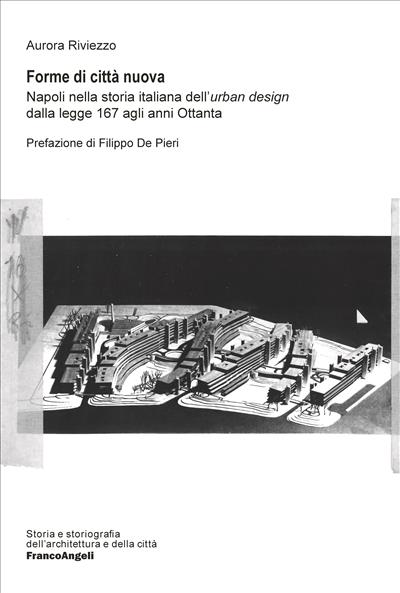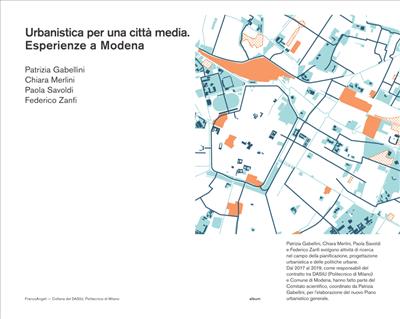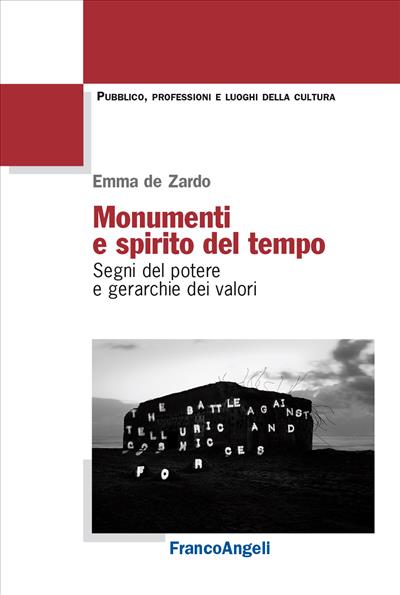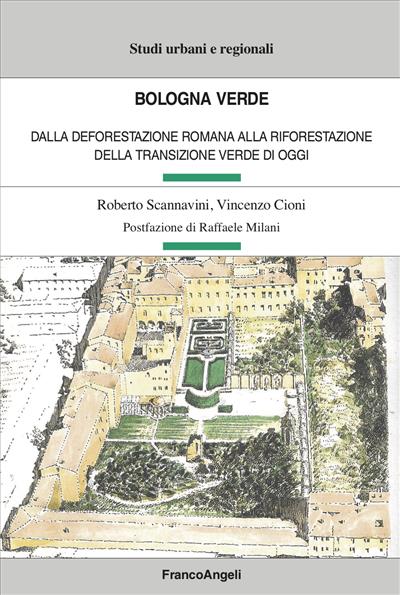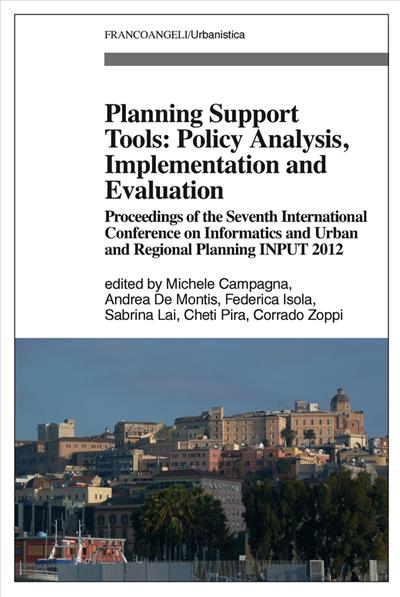
A cura di: Michele Campagna, Andrea De Montis, Federica Isola, Sabrina Lai, Cheti Pira, Corrado Zoppi
Planning Support Tools: Policy Analysis, Implementation and Evaluation.
Proceedings of the Seventh International Conference on Informatics and Urban and Regional Planning INPUT2012
The general theme of Seventh International Conference on Informatics and Urban and Regional Planning (INPUT 2012) was "Planning support tools: policy analysis, implementation and evaluation". New technologies, the main focus of the conference, play a prominent role in the innovation of planning theory and practice, as they affect every phase of the process: knowledge building, preliminary studies, design, decision, implementation, and monitoring.
Pagine: 2198
ISBN: 9788856875973
Edizione:1a edizione 2012
Codice editore: 1862.161
Possibilità di stampa: No
Possibilità di copia: No
Possibilità di annotazione: No
Formato: PDF con DRM Readium LCP
